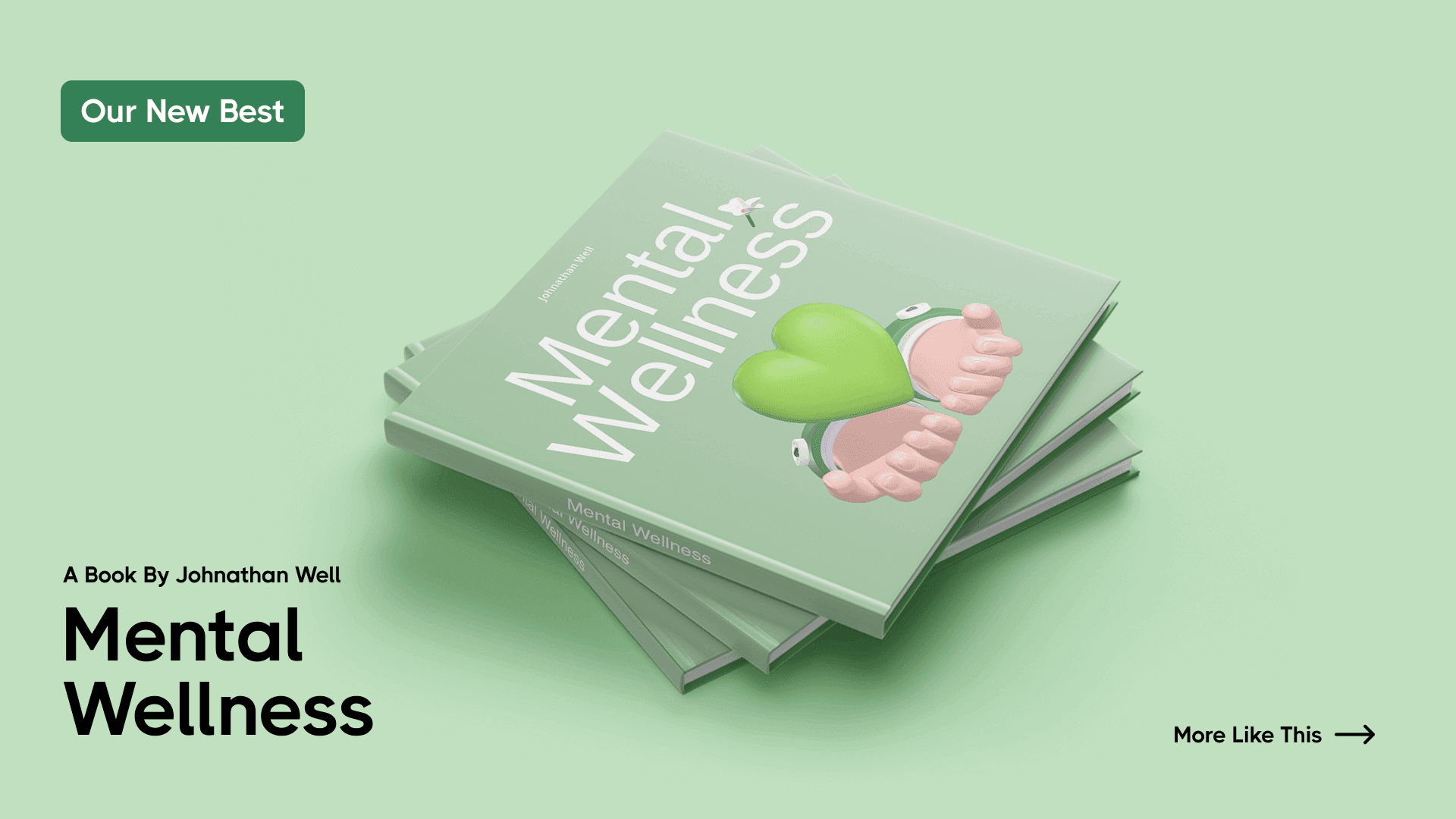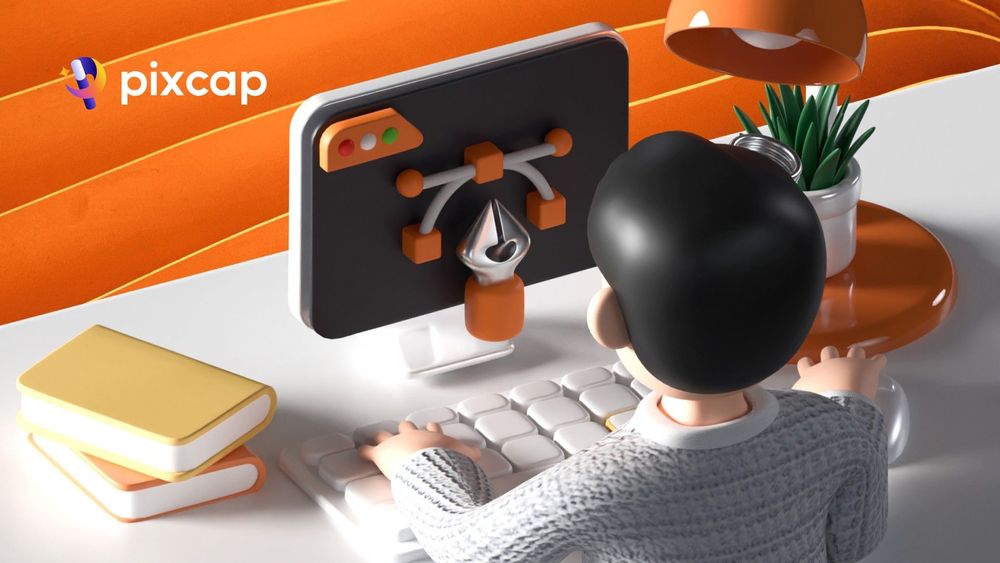If you are new to the world of graphic design, you’re probably asking yourself, “What is graphic design?”
Well, you’ve come to the right place because in this beginner’s guide, we’ll take you through the basics of graphic design, what it entails, its types, how to become a graphic designer, and how much graphic designers make.
Whether you are a prospective student, marketer or someone looking to bring your design dreams to fruition, this guide is perfect for you.
Let's first understand what graphic design is.
What Is Graphic Design?
Graphic design is a creative process that uses visual elements, symbols, and typography to communicate an idea or message to a target audience. It is the art of using images and words to create a visual representation of a concept or message.
It plays a significant role in every aspect of our lives from packaging, advertising, brochures, and websites. It is considered an integral part of nearly every industry, including education, healthcare, technology, and entertainment.
In today's highly visual world, graphic design has become an essential tool for businesses to communicate and connect with their audience. Whether it's through a logo, website design, or social media content, companies rely on graphic designers to create visually appealing and effective materials that attract and engage customers.
Types of Graphic Design & Examples
Some of the most common types of graphic design include branding design, web design, editorial design, motion graphics design, and packaging design. Each type of graphic design has its own set of requirements and techniques to achieve its goals.
Here are some graphic design examples:
Branding Design
Graphic design examples of branding design include logos, business cards, stationery, and brand guidelines. This type of graphic design helps to establish a brand identity and visually communicates its unique characteristics and values.

Web Design
Graphic design examples of web design include website layouts, icons, and user interfaces. Web design focuses on creating intuitive navigation and engaging layouts to provide a positive user experience. Learn web design for beginners here.
Looking for a FREE design app? Try Pixcap Mix-n-Match

Editorial Design
Examples of editorial design include magazines, newspapers, and books. Editorial design focuses on creating engaging and visually compelling layouts that enhance the reading experience.

Motion Graphics Design
Graphic design examples of motion graphics design include animations, videos, and visual effects. Motion graphics design focuses on creating engaging and visually dynamic animations that communicate a specific message.
Packaging Design
Graphic design examples of packaging design include product packaging, labels, and product manuals. Packaging design focuses on creating engaging and informative packaging that enhances the product and communicates its unique qualities.

What Do Graphic Designers Do?
Graphic designers are creative professionals who use visual elements to communicate messages through various mediums such as print, digital media, and animation. They work closely with clients to understand their needs and create designs that effectively convey the desired message.
Their job is not just about making things look pretty; they also need to have a deep understanding of color theory, typography, layout design, composition, and other design principles.
In addition to technical skills, graphic designers also need strong communication skills to effectively collaborate with clients, team members, and other professionals in the industry.
How to Become a Graphic Designer?
Being a graphic designer can be both challenging and exciting. If you have a passion for creativity, design, and visual communication, then this may be the perfect career for you. However, becoming a successful graphic designer requires more than just technical skills. We will discuss the steps that you can take to become a graphic designer.
1. Develop Your Skills
Graphic designer skills can be broadly divided into two categories: technical and soft skills
Start by learning the basics of color theory, typography, and layout. Take online courses or join in-person workshops to learn new techniques and enhance your skills. Practice is essential, so dedicate time to improve and refine your abilities.
Soft skills are equally important and include communication, time management, creativity, and problem-solving.
If you’re interested in 3D illustrations and icons, explore Pixcap's 3D asset library. Providing customizable 3D assets, it helps create 3D graphic designs with no technical skills needed.
2. Build Your Portfolio
Your portfolio is your visual resume. It showcases your skills, creativity, and diversity in design.
Use what you learned in the previous step to create designs for different projects and build your portfolio.
You can create designs for companies you admire or create mock-up brands to practice. Share your portfolio through online freelance graphic design platforms such as Behance, Dribbble, or social media.
3. Network and Collaborate
Networking and collaboration are essential factors in the design industry.
Attend design conferences, events, and meet-ups to connect with other designers, potential clients, or partners.
Collaborate with other designers on projects to learn new skills and share experiences. Don't underestimate the power of social media platforms such as LinkedIn or Twitter to connect with other professionals.
4. Find Freelance or Full-time Opportunities
Once you have your skills, portfolio, and network in place, start looking for opportunities to become a graphic designer.
Many companies such as agencies, startups, or large corporations require graphic designers for various projects.
You can also work as a freelancer and create designs for multiple clients. Use online platforms such as Upwork, Fiverr, or Freelancer to find opportunities.
5. Keep Learning and Growing
The world of design is constantly evolving, so it's crucial to continue learning and staying updated with the latest trends and techniques.
Attend workshops, webinars, or enroll in online courses to learn new skills and expand your knowledge. Keep experimenting with different styles and adapting your designs to fit the current market needs.
And it can be beneficial to specialize in a particular field. You can choose to focus on web design, branding, packaging, print media, or other areas. Specializing allows you to develop in-depth knowledge and skills that will set you apart from other designers.
How Much Do Graphic Designers Make?
According to the Bureau of Labor Statistics, the median annual salary for graphic designers in 2020 was $57,990.
The pay scale can vary depending on factors like experience, skill level, and job location. Additionally, freelance designers can charge between $65 to $150 per hour or project, depending on their experience level and types of projects.
Needless to say, graphic design can be a lucrative career choice for those with the right skills and determination.
However, this doesn't mean that every designer will earn a high salary right off the bat. Just like any other profession, it takes time and effort to build up a successful and well-paying career in graphic design.
Conclusion
Graphic design involves a broad range of skills, including innovation, creativity, and technical knowledge.
The demand for skilled graphic designers has significantly increased over the years, and it is a field that requires individuals to stay ahead of the curve.
Many resources are available for beginners to explore the world of graphic design, including online tutorials, graphic design software, and degree programs. So whether you're looking to enhance your skillset, kickstart your creative career, or just want to explore the fascinating world of graphic design, now is the perfect time to start.




